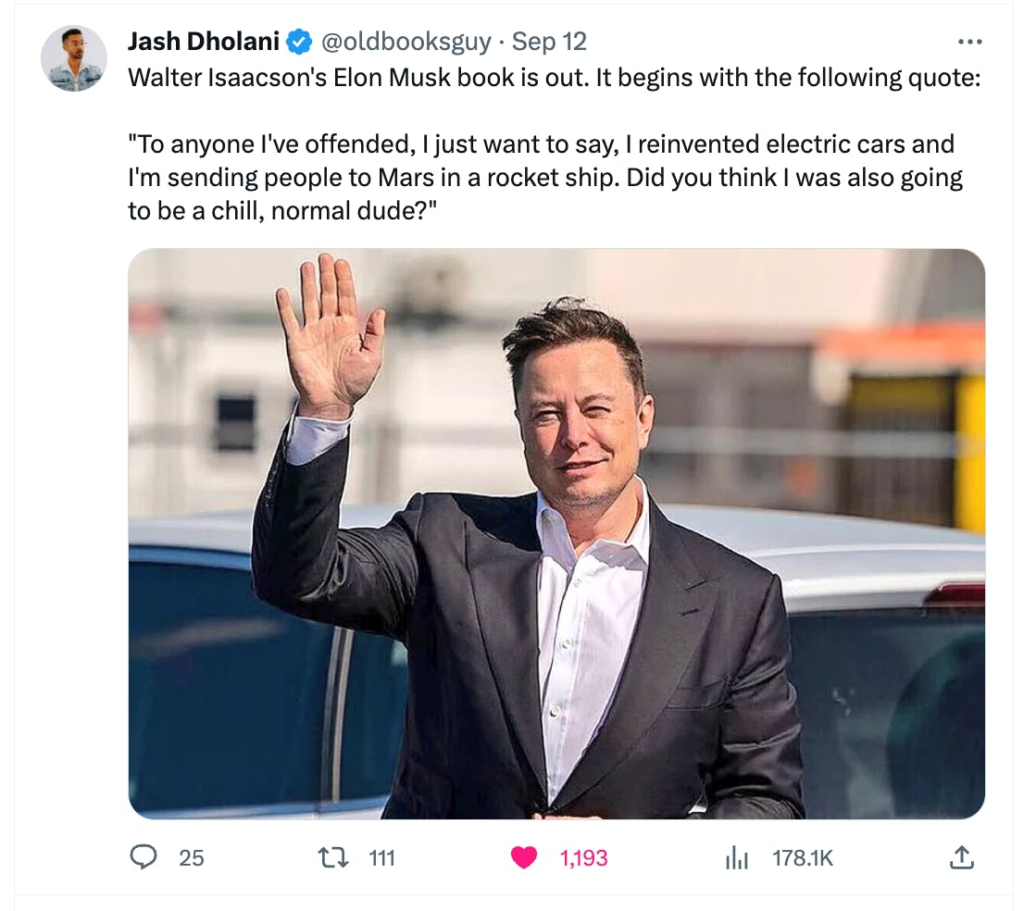How to avoid the Curse of Knowledge
Welcome to the thirtieth edition of ‘3-2-1 by Story Rules‘.
A newsletter recommending good examples of storytelling across:
- 3 tweets
- 2 articles, and
- 1 long-form content piece
Let’s dive in.
🐦 3 Tweets of the week

Source: X
You can get productivity ideas from everyone, but in the end, you need to figure out what specifically works for you.

Source: X
Loved the use of contrast in that line – it was written for his SNL (Saturday Night Live) appearance.
(Brace yourself, the next tweet is a long one!)

Source: X
I loved the Orson Welles quote: “The absence of limitations is the enemy of art”.
📄 2 Articles of the week
a. The danger of building strong narratives on weak data
I’m a fan of John’s work at the FT – clear, compelling narratives with simple visuals. This one cautions about the danger of force-fitting narratives on weak data.
I was surprised to learn that even developed nations struggle to get accurate data on basic economic measures.
I wrote a small LinkedIn post on this article in which I highlighted a few techniques used in the article. Here’s a visual from the post (the blue text boxes have been added by me):

b. Apple’s new video on their 2030 Climate targets status
This second one is technically not an article… but I did write a LinkedIn post about this video, so I hope it qualifies!
The video uses the storytelling technique of anthropomorphism in a brilliant way to convey what might have been a mundane update. Karthik Srinivasan wrote a thoughtful analysis of the same in his post.
In my post, I commented on the storytelling techniques used in the video and also identified a potential improvement area.
In the video, (among other stats) an Apple employee states that they have reduced water usage by 63 billion gallons. But they don’t try to explain that in further detail and instead move on to the next statistic.
This was a missed opportunity.
In his superb book ‘Making Numbers Count‘, Prof. Chip Heath says that humans cannot comprehend large numbers. For instance, we can’t meaningfully fathom the difference between 63 million and 63 billion.
So what could Apple have done? They could have made the number relatable.
In my post, I share some ideas for how Apple could have done it.
📄 1 long-form read of the week
a. Marketing Ideas: How Scholars Can Write Influential Research Articles (PDF File)
In a tweet, Wharton Prof. Ethan Mollick shared this useful paper on how to combat the Curse of Knowledge. While the paper is focused on academic writing, the ideas are relevant in the business world too, especially for folks dealing with technical information.

Source: X
Here’s a quick summary at the beginning of Appendix B of the paper:
How can you write in a way that reaches experimentalists and econometricians, sociologists and neuroscientists, PhD students and Emeriti Professors, CEOs, brand managers, educators, journalists, and policymakers? There is no simple recipe that guarantees clarity, but our research illustrates three practices that can help: (1) use concrete examples to ground your abstract ideas, (2) use technical language selectively, and (3) limit passive writing by putting the actors and actions back into your sentences
In the paper, they use an analogy for differentiating between abstract and concrete concepts. Concrete is compared with (duh) concrete, while abstract is likened to quicksand – something that looks solid from the outside, but is treacherous and lacks stability inside.
Here’s a good example of, well, an example using this analogy:
…examples are more effective when they are made of concrete rather than quicksand. Consider the following examples of
transitivity
Quicksand: “For example, if consumer A likes product X more than product Y and likes product Y more than product Z, then he should also like product X more than product Z.”
Concrete: “For example, if Jack enjoys drinking whiskey more than wine, and enjoys drinking wine more than buttermilk, then he should also enjoy drinking whiskey more than buttermilk.”
(Looks like John hasn’t tried beer yet).
That’s all from this week’s edition.
Photo by Gabriella Clare Marino on Unsplash







